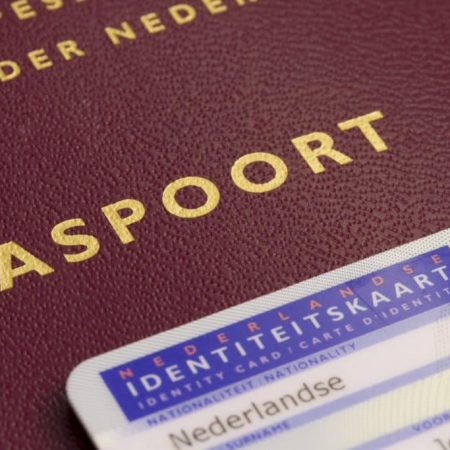Prepare for digital identity wallets while there is still time, SIA advises
Digital identity wallets are here, and governments and businesses alike should start preparing their strategies now, according to a new paper from the Secure Identity Alliance.
The SIA Digital Identity Group wrote the report, and says that the adoption of digital ID wallets picked up due to the pandemic.
In ‘On the road to User-Centricity: Digital Identity in the Electronic Wallet era,’ the SIA explores the use of digital certificates on mobile phones as derived digital identities. It starts with the basics, like what ‘authentication’ and ‘authorization’ are, and how a digital ID is derived from a foundational identity document.
The 88-page, three-part paper is intended as a guide for national governments, public service bodies, private companies serving end-users, and NGOs to the state of the art in and adoption of digital identity wallets.
A graphic on the history and future of digital identity projects international trust frameworks and corresponding implementations in the 2025 to 2030 range.
Current developments, the paper suggests, are mostly around the rapid rise in adoption of mobile wallets for payments and the lateral move to digital identity wallets.
“Fuelled by the rise of mobile payments, portable biometrics, and QR code attestations related to sanitary conditions, electronic wallets are now over taking payment and transport/mobility use cases to take a leading share in user consolidated behaviour,” the report authors write.
Ten trends are identified, and case studies of the EU Digital Identity Wallet and different digital ID models in Liechtenstein Austria and Monaco presented.
The second section sets out considerations for stakeholders planning and implementing digital identity programs.
Advice covers assessments, policy and regulation, and the section concludes with case studies from American mDLs to France’s national ID card and Aadhaar’s use of digital signatures.
Governments are increasingly mandated with ensuring the proper functioning of digital identity systems, the SIA writes in the third section. It goes on to explain centralized, decentralized and federated models of identity, and presents pros and cons for each.
Standards, including for biometrics, are explained. Again, case studies are shared.
The most notable of six recommendations concluding the paper is to consider cross-state and cross-border interoperability early in the development of digital services. Given the state of the infrastructure needed to support cross-border recognition, this may seem a tall order.
But in this sense, the point aligns with the SIA’s other five: the devil is in the details.
The SIA published guidance for using biometrics in systems that do not jeopardize civil liberties last month.







